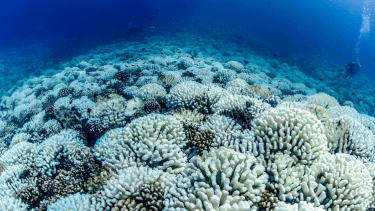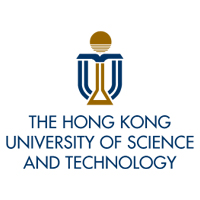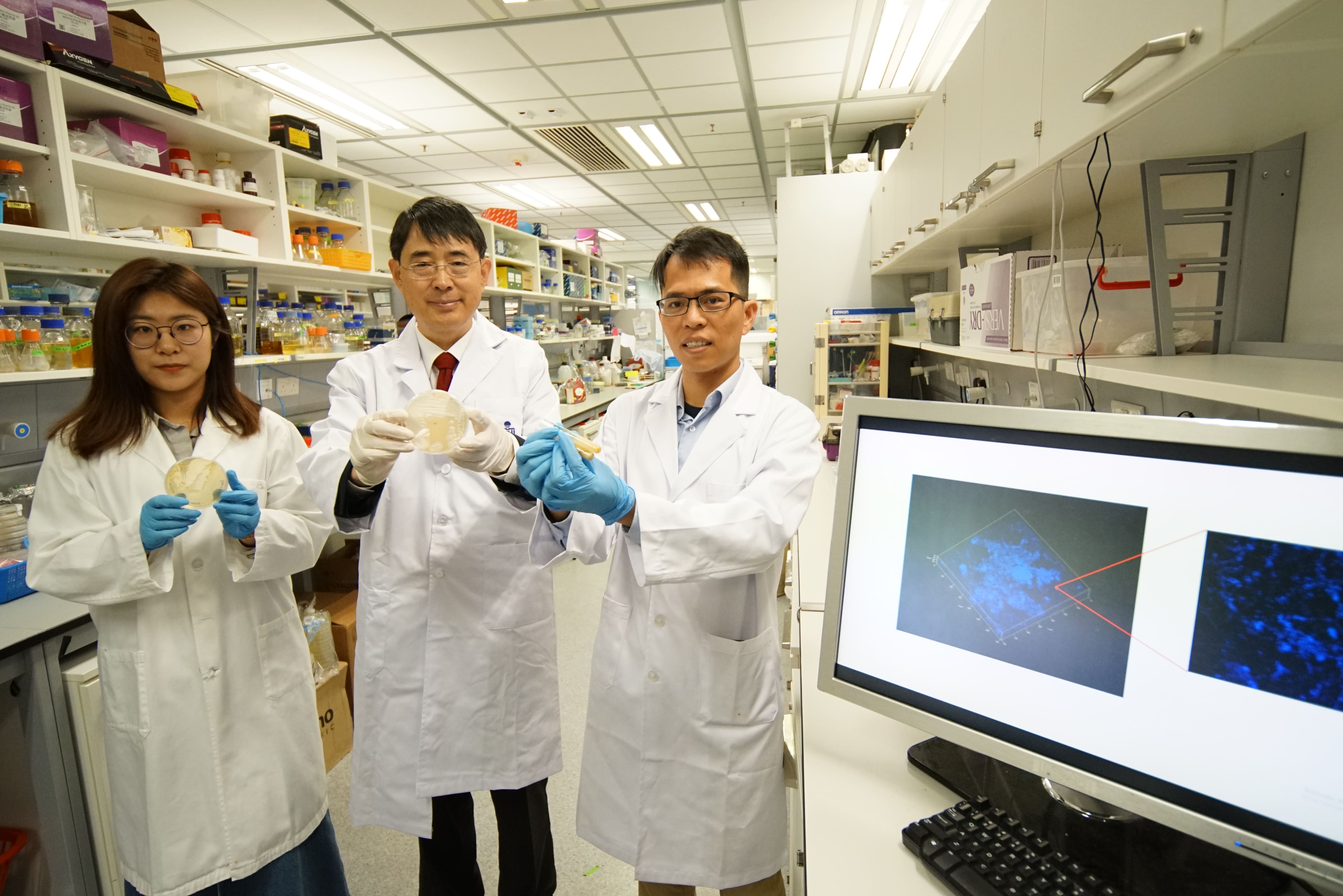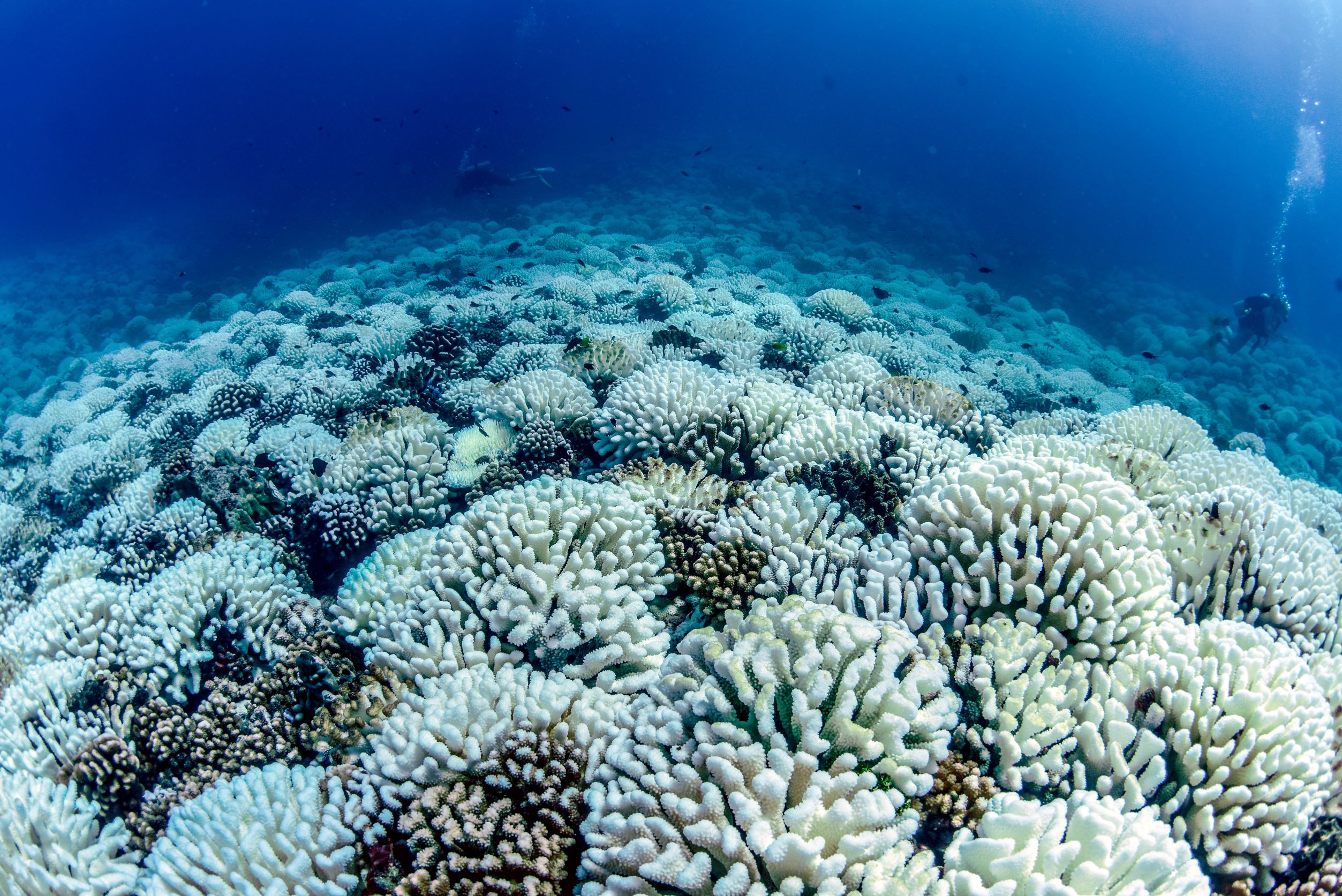Ocean science

Sponsored by

Sponsored by

With its campus situated just a stone’s throw away from the South China Sea, HKUST is one of the few universities in Southeast Asia, and the only university in Hong Kong with an on-campus waterfront marine research facility. Our location at Clear Water Bay, Hong Kong creates exceptional opportunities in ocean and environmental research, which is pivotal to the exploration of sustainability solutions for our planet.
At HKUST, our ocean scientists and marine biologists focus on advancing foundational knowledge and building applications in marine conservation, global climate change, management of marine resources, socio-economy and sustainable development. Our primary study sites include the estuarine environment of the Pearl River, the coastal bays of Hong Kong, and the deep sea (including the South China Sea).
Marine environmental visualization platform to support conservation
To facilitate marine research and offer valuable data to policymakers, a research team led by Prof. GAN Jianping, Chair Professor of the Department of Ocean Science and the Department of Mathematics, has launched WavyOcean - the first interactive marine environment visualization platform which offers extensive data on the ocean in the Guangdong-Hong Kong-Macau Greater Bay Area, the entire China Seas, and the Western Pacific Ocean.
Utilizing advanced oceanic numerical simulations, WavyOcean does not only visualize oceanic processes, but also offers physical and biogeochemical data, such as 3D ocean current, temperature, salinity, levels of nitrate, among others. The data sets allow scientists to study marine hydrodynamics, hazards, pollutions, ecosystem, and changing climate.
The platform can also help policymakers make informed decisions on striking a balance between marine conservation and societal development. At the same time, it serves an educational purpose for members of the public to better understand the ocean at their fingertips, which helps raise general awareness of the importance of ocean protection.
WavyOcean forms part of Ocean-HK, a research project which received HK$40 million (about US$5.1 million) of sponsorship from the Theme-based Research Scheme under the University Grants Committee of Hong Kong.

The platform is user-friendly and allows the downloading of various physical and biogeochemical ocean data.
Discovery of 7,000 microbial species may help cure diseases
While too tiny to be seen on WavyOcean, HKUST scientists’ discovery of over 7,000 new microbial species was no trivial matter. These included Acidobacteria – a natural medicinal phylum with the CRISPR gene editing system found at sea for the first time.
Acidobacteria has been used for developing novel antibiotics and anti-tumor drugs, but it was previously known to exist only in terrestrial soils. The discovery of this new marine phyla and a variety of other species has big potential, both in terms of facilitating our understanding of lives and offering new clues to our search of new treatments for diseases, according to Prof. QIAN Peiyuan, Chair Professor of Department of Ocean Science, who steered the project. He is also the Director of the Hong Kong Branch of the Southern Marine Science and Engineering Guangdong Laboratory (Guangzhou), which has been granted over CNY ¥114 million (over US$16 million) of funding on various ocean science research projects since its establishment in 2019.
The team collaborated with peers from Saudi Arabia, the US, and Australia on sourcing water samples across the Pacific, Atlantic, and Indian Oceans. They developed biofilms with the water samples on different materials, eventually leading to the discovery and breaking the previous belief that the world had only 35,000 marine microbial species.

Prof. QIAN Peiyuan (middle) and his team have discovered 7,000 new marine species by nurturing biofilms in seawater.
Fathoming the hidden heatwaves that threaten coral reefs
The work of ocean scientists requires literally looking under the surface. Prof. Alex WYATT and his collaborators have untangled the myth about an unusual coral bleaching episode, which highlights the need to consider environmental dynamics across depths relevant to threatened ecosystems in future research.
In April to May 2019, the coral reefs near the French Polynesian island of Moorea in the central South Pacific Ocean suffered severe and prolonged thermal bleaching. The catastrophe occurred despite the absence of El Niño conditions that year, intriguing ocean scientists around the world.
An international research team led by Prof. Wyatt found that the incident was related to the passage of anti-cyclonic eddies that elevated sea levels and concentrated hot water over the reef, leading to an underwater marine heatwave that was largely hidden from view at the surface.
While most studies of coral bleaching patterns examine sea-surface water temperatures, they cannot detect heating below the surface. The Moorea mystery was solved after the team combined remotely sensed sea-surface temperatures with high-resolution, long-term in-situ temperatures and sea level anomalies.
This project was conducted in collaboration with scientists from Scripps Institution of Oceanography at the University of California San Diego, the University of California Santa Barbara, California State University, Northbridge, and Florida State University.

An HKUST-led international research team untangled the myth behind an unusual bleaching event near the French Polynesian island of Moorea in 2019.
Photo credit: Peter J. Edmunds.